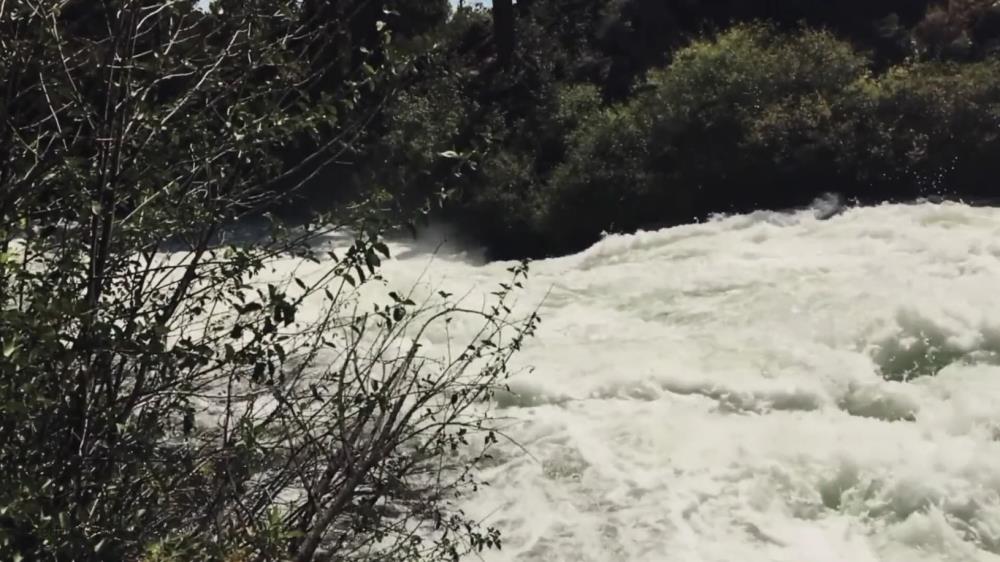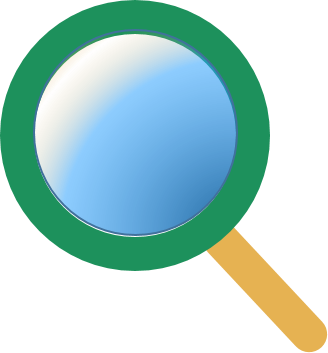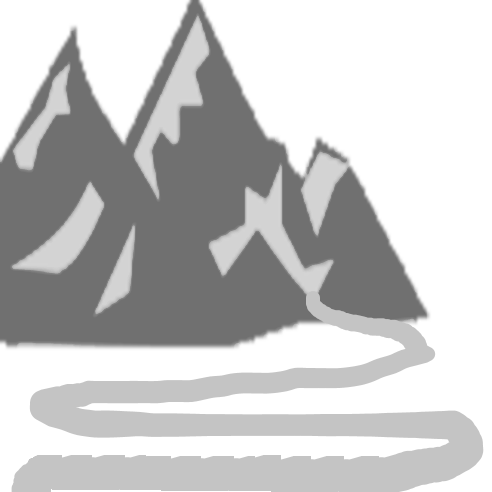
Related items loading ...
Section 1: Publication
Publication Type
Thesis
Authorship
Spence, D.
Title
Bridging the gap between knowledge and action: Collaborative science for managing the impacts of eutrophication and harmful algal blooms on lake ecosystem services
Year
2025
Publication Outlet
University of Saskatchwan, Harvest, Graduate Theses and Dissertations
DOI
ISBN
ISSN
Citation
Abstract
Lakes around the world are experiencing increasing degradation due to climate change and human activity. In particular, cultural eutrophication—defined as the overfertilization of waterbodies with nutrients such as nitrogen and phosphorus due to human activities—and associated harmful algal blooms pose significant environmental, social, and economic challenges. These challenges include declines in biodiversity, disruptions to drinking water treatment, and loss of cultural ecosystem services such as recreation. Despite extensive scientific understanding of eutrophication, a gap persists between understanding and effective management. This thesis aims to bridge that gap by examining the long-term drivers and societal impacts of water quality degradation in two regionally important, diverse, temperate lake ecosystems in Canada: Buffalo Pound Lake in Saskatchewan and Elk/Beaver Lake in British Columbia. By collaborating with end-users and community members and applying biophysical and economic modelling, this thesis advances the understanding of how eutrophication and broader water quality degradation affect key lake ecosystem services—such as drinking water provision and cultural services—and offers recommendations to close the gap between knowledge and action. To examine impacts on drinking water provision in Buffalo Pound Lake—a shallow drinking water reservoir in a highly agricultural, dryland region—I use generalized additive modeling and long-term data (30+ years) to identify key drivers impacting source water quality. In Elk/Beaver Lake, another lake valued for its cultural ecosystem services, I used an economic tool known as a discrete choice experiment to understand community preferences and willingness to pay for lake restoration. Key findings from these two case studies include: 1) climate variability—including both wet, cool and warm, dry cycles—is a key driver of phytoplankton biomass (measured as chlorophyll a and overall water treatability, as indicated by concentrations of dissolved organic carbon, total dissolved solids, turbidity, and odour; 2) interbasin transfers from mesotrophic supply reservoirs may have dilution benefits for nutrients, phytoplankton biomass, and dissolved organic carbon, although these benefits are constrained by physical and social limitations and may involve trade-offs such as increased turbidity; 3) lake degradation and harmful algal blooms substantially reduce the use and enjoyment of lake ecosystem services in Elk/Beaver Lake, with the community expressing strong preferences for protecting and restoring non-use ecosystem services (e.g., biodiversity, lake aesthetics) and recreational ecosystem services; and 4) willingness to pay for lake restoration was high—collectively estimated at $27–$55 million per year—exceeding projected restoration costs in Elk/Beaver Lake and contributing to growing evidence of substantial societal benefits of lake restoration. Working with end-users and community members in both case studies provided insights into the impact of water quality degradation on key ecosystem services and enhanced the relevance of outcomes. By integrating ecological and human dimensions of water quality, this thesis offers valuable guidance on how to anticipate, manage, and respond to worsening water quality under future environmental change. Although the case studies differ in geography and emphasis, both illustrate how climate change and human activity threaten multiple lake ecosystem services, emphasizing the need for integrated, interdisciplinary, and transdisciplinary research to bridge the gap between knowledge and action on eutrophication and its impacts. The costs of managing and adapting to the impacts of eutrophication are high, but the costs of inaction may be greater. Protecting lake ecosystem services in the future will require collaborative, problem-driven, and action-oriented approaches that balance understanding the environmental, social, and economic dimensions with identifying strategies for achieving desired outcomes for lake ecosystems. As climate variability and anthropogenic pressures on lake ecosystem services intensify, collaborative efforts to protect and restore them will become increasingly critical.
Plain Language Summary


 GWFNet
GWFNet Master
Master Data
Data Research
Research Map
Map
 Advanced
Advanced . . .
. . .

 Metadata Editor
Metadata Editor
 Record List
Record List
 Alias List Editor
Alias List Editor
 Legacy sites
Legacy sites